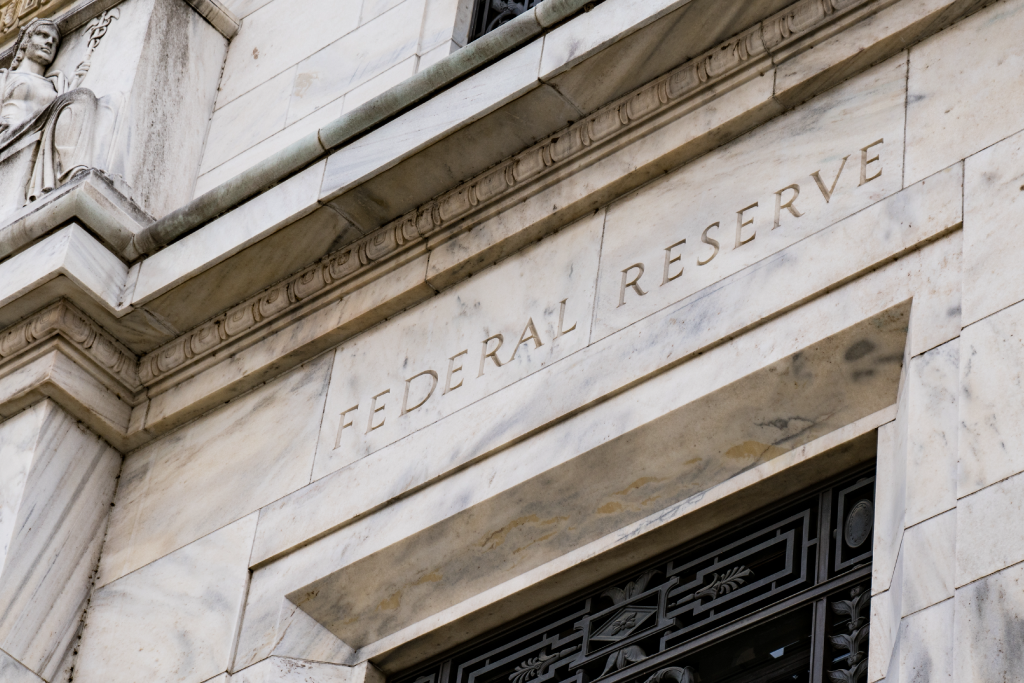Uncertainty Keeps The Fed On Hold. Treasury Yields Moved Higher On the News.
The Federal Reserve surprised nobody by keeping interest rates unchanged.

The Federal Reserve surprised nobody by keeping interest rates unchanged.

In short:
The Federal Reserve surprised nobody by keeping interest rates unchanged at today’s meeting of the Federal Open Market Committee (FOMC). The Fed is balancing the risk of rising inflation and that of a weakening labor market.
Uncertainty over the impact of fiscal policy, and tariffs could keep Treasury yields — and mortgage rates — somewhat elevated. Meanwhile, conflict in the Middle East and a weaker domestic economy could lead to a flight to safety that pulls yields lower.
Higher housing supply should support a modest sales increase. However, housing market activity could remain somewhat constrained and continue to hover along the bottom in the near term if mortgage rates do not tick down.
What’s next for the economy?
The Federal Reserve will be watching the economy and inflation closely in the months to come.
The Fed chair acknowledged that the decline in housing inflation has been welcome news to partly offset the increase in goods inflation. Unfortunately, tariffs are expected to raise the price of goods further. As a result, the Fed opted to wait and see the impact of tariffs before its next move.
The FOMC updated its expectations for economic growth and inflation in its latest Summary of Economic Projections (SEP). The median projection for the unemployment rate in 2025 has been revised higher to 4.5% from 4.4%. However inflation was revised up to 3% from 2.7% in the March SEP.
Unemployment claims are rising and the unemployment rate could exceed 4.5% this summer. PCE inflation is at 2.1% (well below the FOMC median projection) but tariffs could push that higher.
Although the labor market has been showing signs of a broad slowdown, the Fed chair downplayed slowing labor market conditions. This signals the Fed will remain more concerned about inflation in the near term. Treasury yields, which mortgage rates tend to follow, increased on the news.
What’s the impact on housing?
Despite large pent-up demand, economic uncertainty and a weakening labor market have kept home sales roughly flat vs. last year.
Although mortgage rates had been easing ahead of the Fed decision, rates aren’t likely to move lower in the near term.
But economic growth fears aside, buyers today have advantages: plenty of options have given them more bargaining power than in any spring in at least seven years. Spring shopping season may be more of a summertime affair this year – so long as prices and rates can move lower.
On the construction side, homebuilder confidence remains weak and housing starts are trending lower.